The European Euclid Space Telescope, which launched about five months ago on a SpaceX rocket, today shared its first official images with the world. According to scientists, this is just a glimpse of what Euclid is capable of and shows that the telescope is fully prepared for its scientific mission. They hope to use Euclid to solve one of the biggest questions about our universe: what is dark energy and matter?
Euclid is a space telescope (named after the ancient Greek mathematician Euclid) whose mission is to discover how dark matter and dark energy caused our universe to look the way it does today. It seems that up to 95% of our universe is made up of these mysterious dark entities, yet we still don’t understand what they are.
To find out, Euclid will spend the next six years working on the largest three-dimensional cosmic map ever created. It will do this by taking clear images of the sky in visible and infrared light. Scientists can then extract scientific information from that map to try to answer all kinds of questions. These are five basic questions to which Euclid seeks an answer.
What is Euclid?
Euclid is a European space telescope, built and operated by the European Space Agency (ESA), with contributions from NASA. The Euclid Consortium – made up of more than 2,000 scientists from 300 institutes in thirteen European countries (including Belgium, the United States, Canada and Japan) – is responsible for providing scientific instruments and analyzing scientific data.
Today, the space telescope shared its first five official images with the world. You can watch it below. “We have never seen astronomical images like these, with this amount of detail. They are even more beautiful and clear than we had hoped. We are now ready to observe billions of galaxies and study their evolution over cosmic time,” says Rene Lorig, a scientist on the European Space Agency’s Euclid mission. “.
1. Perseus Group
This image shows up to 1,000 galaxies belonging to the Perseus cluster and more than 100,000 additional galaxies in the background. Many of these faint galaxies were previously invisible. In fact, some are so far away that it takes 10 billion years for their light to reach us. By mapping the distribution and shapes of all these galaxies, cosmologists will be able to learn more about how dark matter shaped the universe we see today.
This is the first time we have been able to capture so much of the Perseus group in one image and in such detail. Perseus is one of the most massive structures known in the near universe, located just 240 million light-years from Earth.
Read more below the picture

2. Spiral galaxy IC 342
Over its lifetime, the space telescope will image billions of galaxies, revealing the invisible influence of dark matter and dark energy on them. It is therefore fitting that one of the first galaxies observed by Euclid was nicknamed the “hidden galaxy,” also known as IC 342 or Caldwell 5. Thanks to its infrared vision, Euclid has already revealed important information about the stars in this galaxy, which is similar to our own. milky way.

3. Irregular galaxy NGC 6822
To create a 3D map of the universe, Euclid will monitor light coming from galaxies up to 10 billion light-years away. However, when the universe was young, most galaxies did not look like typical neat spirals, but rather were irregular and small. They are the building blocks of larger galaxies like our own, and some of these galaxies can still be found relatively close to us.
One of those irregular dwarf galaxies is NGC 6822. It is located just 1.6 million light-years from Earth and is the first irregular galaxy ever photographed by Euclid.
Read more below the picture
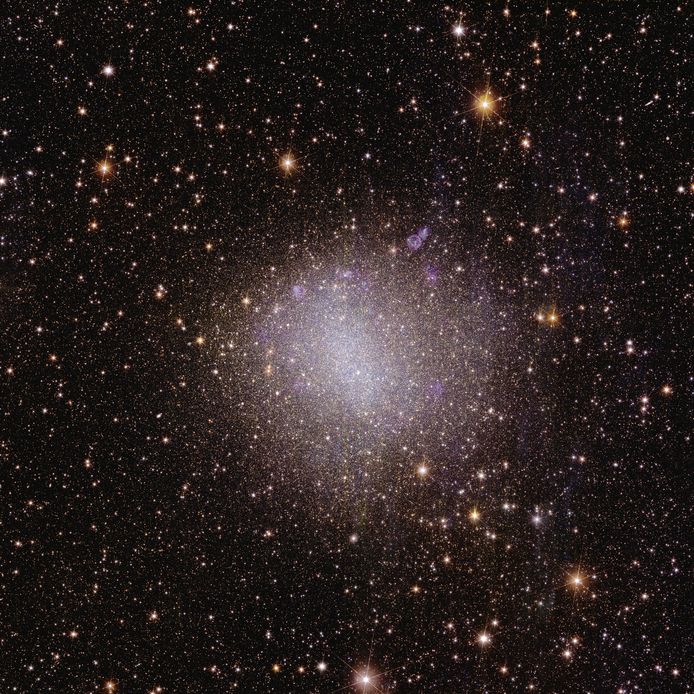
4. Globular cluster NGC 6397
This bright image shows a globular cluster called NGC 6397. It is the second closest globular cluster, located about 7,800 light-years away.
Globular clusters are collections of hundreds of thousands of stars that are held together by gravity. Currently, no telescope other than Euclid can observe an entire globular cluster of stars in a single image, and at the same time distinguish between many stars in the cluster. These faint stars could teach us something about the history of the Milky Way and the whereabouts of dark matter.
Read more below the picture
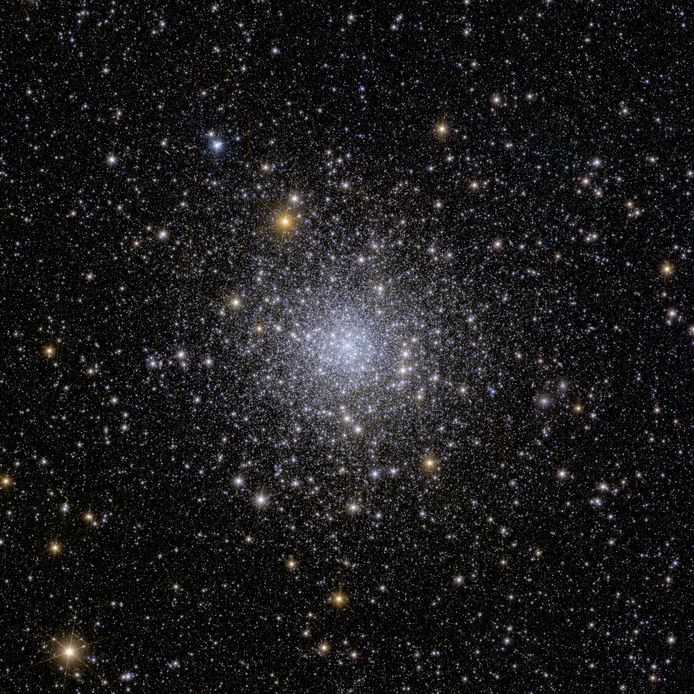
5. Horsehead Nebula
Finally, Euclid shows us an amazingly detailed, panoramic view of the Horsehead Nebula, also known as Barnard 33 and part of the Orion constellation. In the new Euclid observation of this stellar nursery, scientists hope to find many faint, previously unseen Jupiter-mass budding planets, as well as young brown dwarfs and infant stars.
Read more below the picture
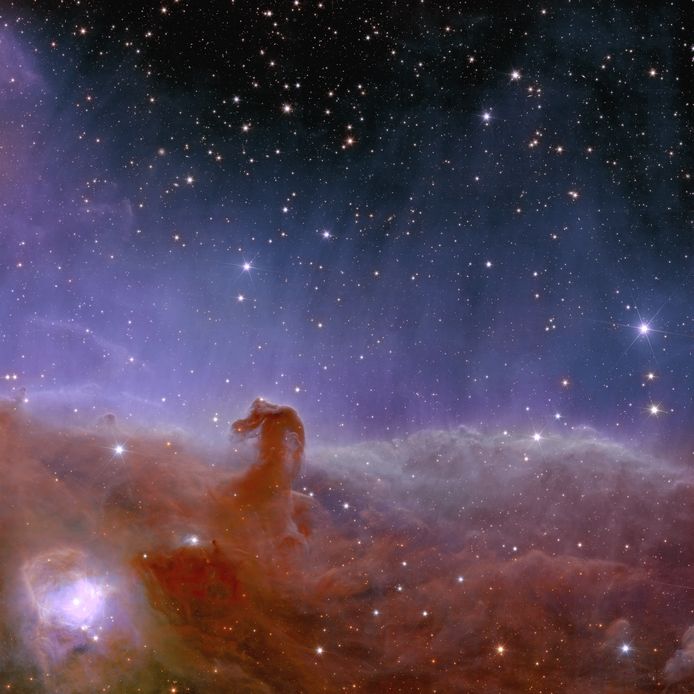
Euclid’s first vision of the universe is not only beautiful, it is of great value to the scientific community.
look. Thus, the Euclid Space Telescope was launched
First, it shows that Euclid’s telescope and its instruments work very well and that astronomers can use Euclid to study the distribution and evolution of matter in the universe on the largest scales. By combining many observations of this type, covering large areas of the sky, scientists can see the dark and hidden parts of the universe. Second, each individual image contains a wealth of new information about the nearby universe. Finally, Euclid will also look beyond the world of dark matter and dark energy, providing scientists with a wealth of information about the physics of individual stars and galaxies.
Belgium has the beautiful northern lights: will they be back soon? Why are our aurora borealis usually red? How can you tell? (+)
Package containing the largest asteroid sample ever landed on Earth: ‘This could reveal the origin of our planet or life’
The search for extraterrestrial life is back in fashion. But how do scientists start doing something like this? “Maybe our perspective is too limited.” (+)
Free unlimited access to Showbytes? Which can!
Log in or create an account and never miss a thing from the stars.

“Coffee buff. Twitter fanatic. Tv practitioner. Social media advocate. Pop culture ninja.”

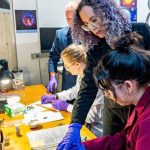




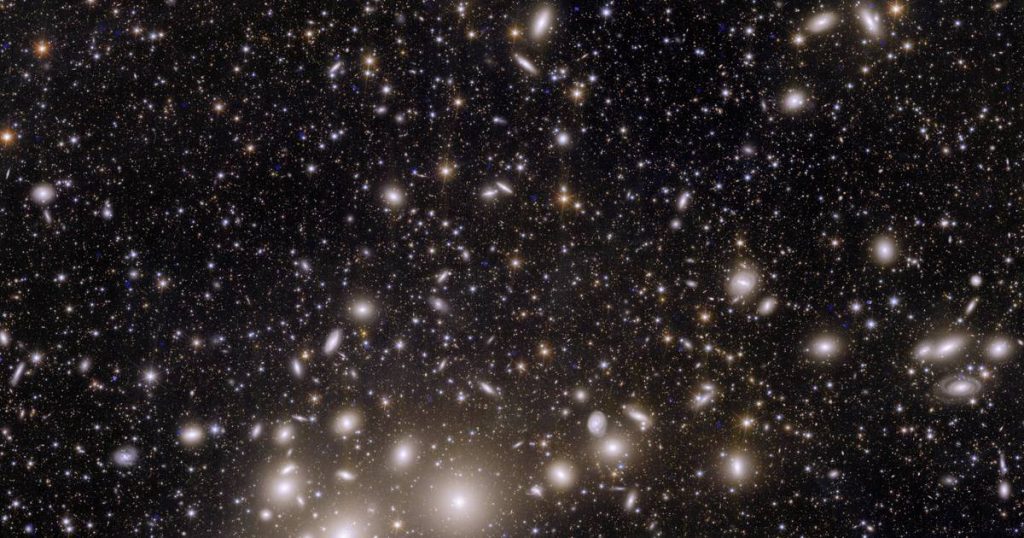




More Stories
Moroccan Asma Boujibar receives $300,000 from NASA
There is a need for rapid clarity on the scope of the Integrated Management Mechanism measures
The public space in the Kartesius district of Utrecht becomes a green playground for all ages